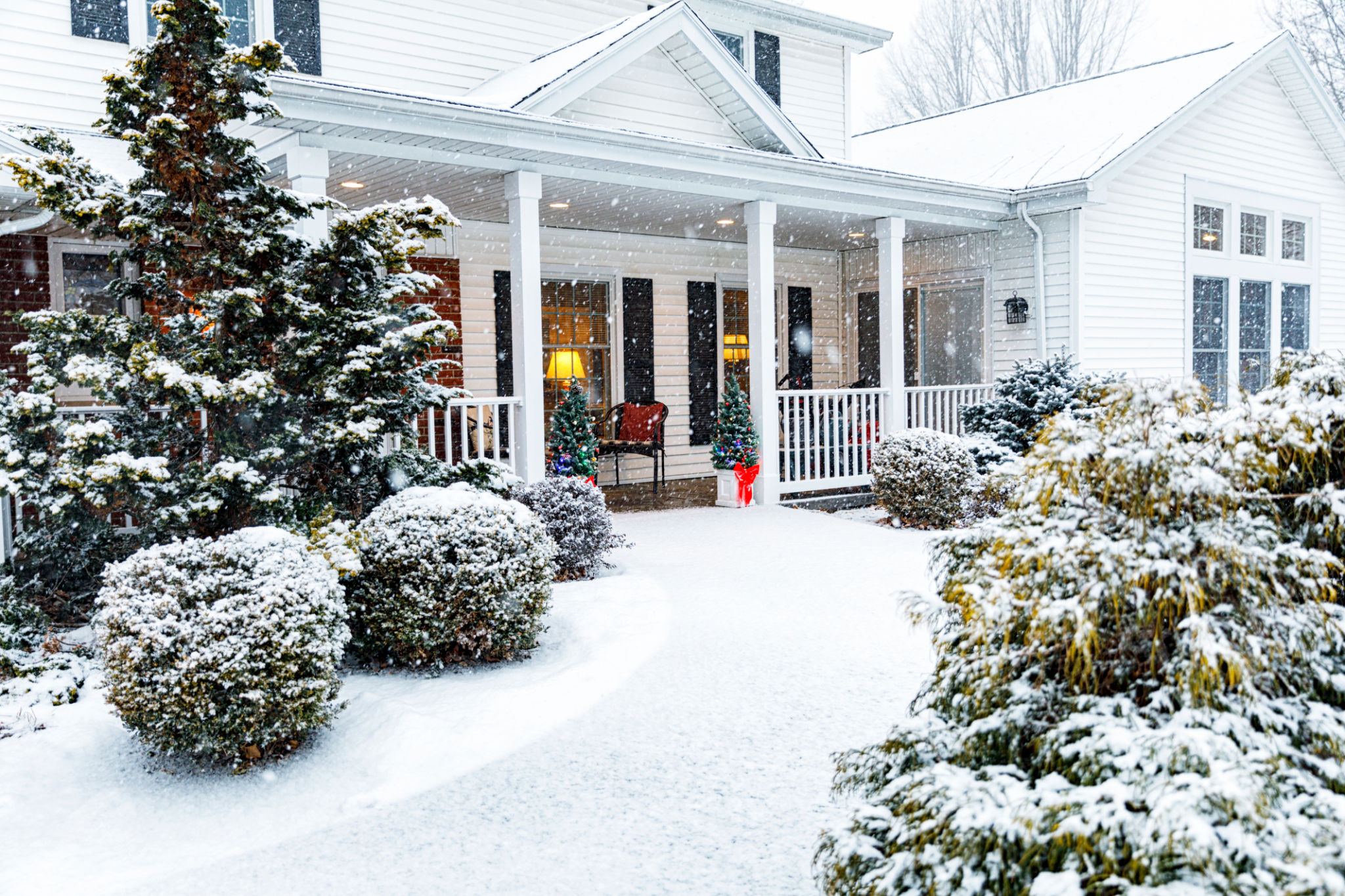Winter Proofing Homes on Long Island: A Step-by-Step Guide
Understanding the Importance of Winter Proofing
As winter approaches on Long Island, ensuring your home is well-prepared for the cold months ahead is crucial. Winter proofing not only helps in maintaining a comfortable indoor environment but also significantly reduces energy bills. By taking the necessary steps, homeowners can protect their homes from harsh weather conditions and improve energy efficiency.
Winter proofing involves a range of tasks that safeguard your home against the cold, from checking insulation to sealing drafts. This guide will walk you through the essential steps to keep your home warm and cozy throughout the winter.

Inspect and Upgrade Insulation
Proper insulation is the backbone of a winter-proof home. Start by inspecting your attic, walls, and basement to ensure they are adequately insulated. Insufficient insulation can lead to significant heat loss, causing your heating system to work overtime.
If you find any areas lacking, consider upgrading your insulation. There are various types available, such as fiberglass, cellulose, and spray foam, each with distinct advantages. Choose the one that best suits your home's needs and budget.
Seal Windows and Doors
Drafts around windows and doors can drastically reduce the effectiveness of your heating system. To prevent this, check all windows and doors for leaks. Use weatherstripping or caulking to seal any gaps you find. This simple step can enhance your home's energy efficiency and keep the cold air outside where it belongs.

Maintain Your Heating System
Your heating system is your best ally during winter. Ensure it is functioning at peak performance by scheduling a professional maintenance check. Regular maintenance can help identify potential issues before they become costly repairs and ensure your system runs efficiently.
Additionally, consider upgrading to a programmable thermostat. This allows you to set specific temperatures during different times of the day, optimizing energy use and reducing costs.
Protect Your Pipes
Frozen pipes are a common issue during cold months, potentially leading to water damage. To prevent this, insulate exposed pipes in unheated areas such as garages and crawl spaces. Pipe insulation sleeves or heat tape are effective solutions.
During particularly cold spells, let faucets drip slightly to prevent freezing. Also, keep cabinet doors open under sinks to allow warm air to circulate around pipes.

Prepare Your Exterior
A well-prepared exterior can make a significant difference in protecting your home from winter weather. Clean gutters and downspouts to ensure proper drainage and prevent ice dams. Trim overhanging branches that could cause damage during snowstorms or high winds.
Additionally, check your roof for any damaged shingles or leaks that need repairs. A sturdy roof is vital in keeping your home warm and dry.
Stock Up on Essentials
Finally, make sure you have all the essentials in place for winter emergencies. Stock up on ice melt, sand, and shovels for clearing driveways and walkways. Consider investing in a backup generator to provide power during outages.
A well-prepared home ensures safety and comfort for you and your family throughout the harsh winter months on Long Island.